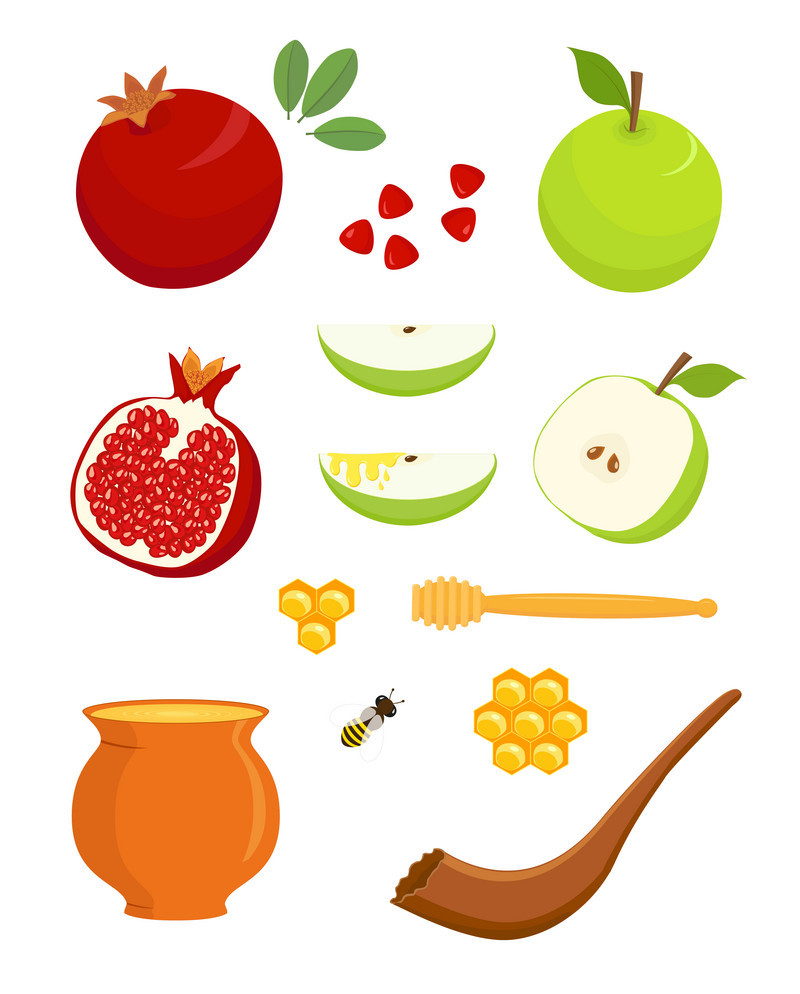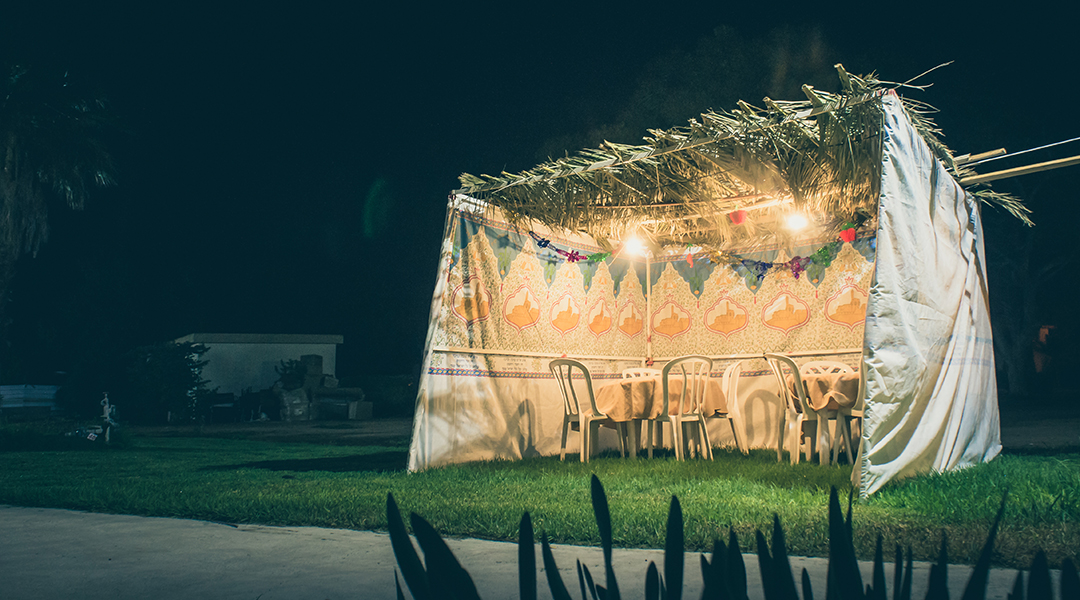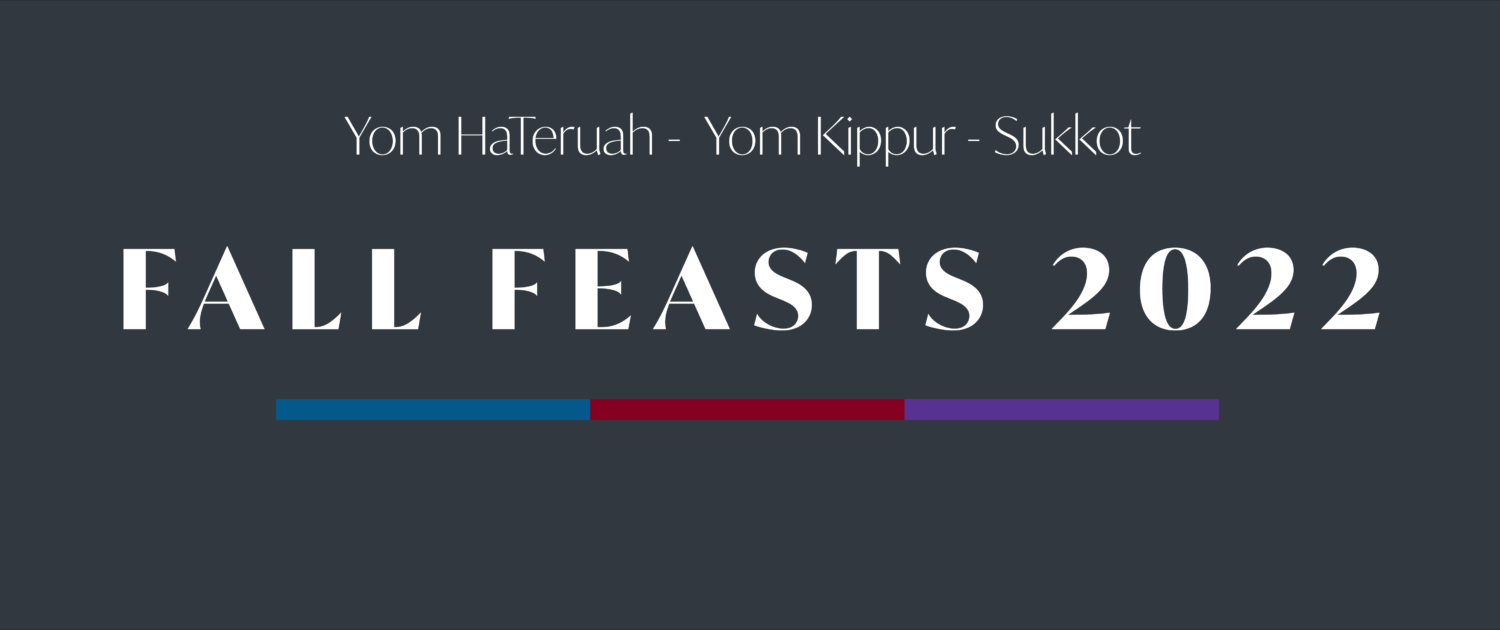

Yom Kippur – The Day of Atonement
October 4 – October 5
Yom Kippur begins the evening of Tuesday, October 4 and ends on the evening of Wednesday, October 5
- Yom Kippur, the Day of Atonement, is the holiest and most somber day of the Hebrew year. Yom Kippur concludes the Ten Days of Awe that begin with Rosh Hashanah. Like Rosh Hashanah, Yom Kippur is a prospective holiday, when we prepare for the year ahead through fasting, penitence and confession.
- In addition to making amends, it is common to feast the day before Yom Kippur in preparation for the fast, from which children and the sick are exempt.
- We will be observing Yom Kippur by fasting from food from Tuesday evening to Wednesday evening. On Wednesday evening, we will break the fast.
Sukkot – The Feast of Tabernacles
October 9 – October 16
Sukkot begins the evening of Sunday, October 9 and ends on the evening of Sunday, October 16.
- Sukkot, the Feast of Booths/the Feast of Tabernacles, commonly goes by another name, “The Season of Our Joy,” for joy predominates on this holy day more than any other. Jewish people around the world construct sukkot (singular: sukkah), frail huts or booths that remind us of God’s provision and our dependence on Him. Sukkot is a memorial to remind us of the building of booths during our ancestors’ wanderings in the wilderness: “The Feast of Tabernacles was an annual reminder to the people that God is the Great Shepherd who has chosen to ‘tabernacle among them,’ to protect and bless them wherever they wander.”
- We recognize this season as the time Yeshua was born.
- We will be observing Sukkot by camping in tents for the week.
Yeshua in Sukkot
There is a connection between the practice of “tabernacling” and the life of Yeshua:
In Yeshua, God tabernacled among us. He chose to be born into a less-than-glorious space, where certainly the stars might have peeked through cracks in the roof, the elements might well have invaded. Nevertheless, in that lowly place dwelt the glorious presence of God, the transient and the eternal beautifully coming together in God’s provision and God’s presence.
Not only that, Yeshua deliberately took the festival of Sukkot as an opportunity to speak about himself. The Gospel of John recounts his preaching:
- On the last day of the feast, the great day, Jesus stood up and cried out, “If anyone thirsts, let him come to me and drink. Whoever believes in me, as the Scripture has said, ‘Out of his heart will flow rivers of living water.’” Now this he said about the Spirit, whom those who believed in him were to receive, for as yet the Spirit had not been given, because Jesus was not yet glorified. (John 7:37-39)
In speaking of the “living water,” Yeshua drew a connection between the spiritual gift he would give and the spring of Siloam where water was drawn for the water-drawing ceremony, as well as with the “wells of salvation” mentioned in the book of Isaiah. Later he calls himself the Light of the World, again referring to the symbols of the holy day (in this case, the illuminated Temple) as harbingers of his arrival: “The Light of the World statement, like the Living Water statement, had a rich theological backdrop. Yeshua was once again referring to a wealth of messianic prophecy that many would recognize.
When Yeshua stood in the Temple claiming to be the Light of the World, He was making a radical statement. To stand in the middle of the Temple in conjunction with the Feast of Tabernacles and say, “I am the Light” was like saying, “I am the Shekinah, I am the pillar of fire.”


